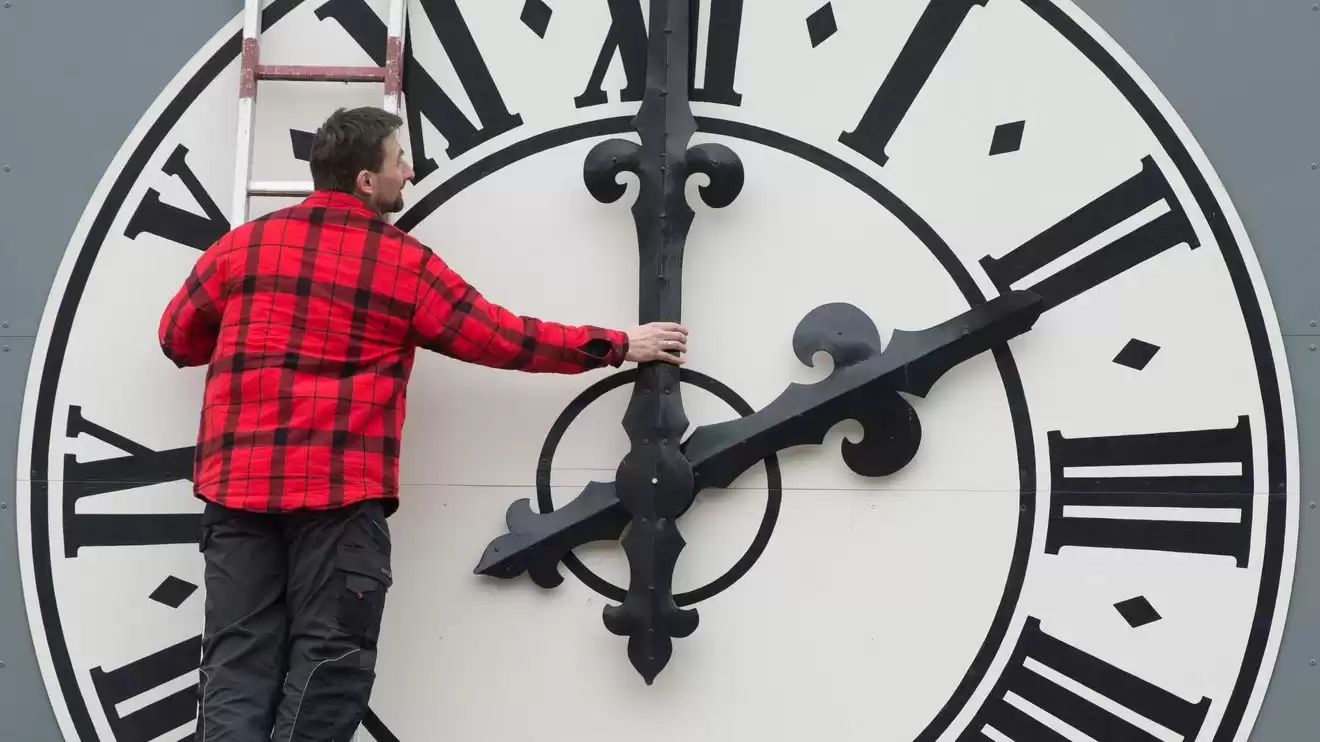Daylight Saving Time - Time Change This Weekend and Why
Daylight-saving time ends on Nov. 5, but what's the story behind why we turn our clocks back? And did Benjamin Franklin really come up with the idea for the whole thing?
As we approach November 5th, it's time to prepare for the end of daylight-saving time. At 2 a.m. on Sunday, our clocks will "fall back" to 1 a.m., marking the conclusion of this annual practice. But have you ever wondered why we do it? And who came up with the idea in the first place? Let's dive into the fascinating story behind daylight-saving time.
While many attribute the concept to Benjamin Franklin, the truth is a bit more complex. Franklin did express his thoughts on the matter during his time in Paris, where he noticed people wasting daylight by waking up late. He even suggested that using sunlight instead of candles could lead to significant savings. However, the formalization of daylight-saving time can be credited to George Vernon Hudson, a New Zealand entomologist, who presented the idea in 1895. Hudson's love for collecting bugs and the desire for more daylight to pursue his hobby played a role in the establishment of this practice.
The idea gained traction and was adopted by the United States in 1908. Europe followed suit in 1916, with the aim of conserving energy during World War I. By 1918, daylight-saving time was implemented nationwide in the U.S. But this wasn't the end of the story. In 1919, the practice was discontinued on a national level, only to be revived during World War II from 1942 to 1945. After the war, individual states and municipalities had the freedom to decide whether to continue with daylight-saving time. It wasn't until 1966, with the Uniform Time Act, that the confusion ended, and daylight-saving time became a consistent national practice.
However, not all states are on board with resetting their clocks twice a year. Some states, like Arizona, choose to exempt themselves from daylight-saving time due to the scorching heat. Hawaii also opts out due to the minimal variation in daylight hours throughout the year. These exceptions highlight the flexibility and individuality of states when it comes to this practice.
In recent years, there has been growing debate and reconsideration of daylight-saving time. Several states are currently weighing bills regarding the time changes, and discussions are underway to potentially eliminate the biannual clock adjustment altogether. This raises the question of whether daylight-saving time still serves its intended purpose in modern society.
The change from daylight-saving time to standard time occurs on Sunday at 2 a.m. This timing was chosen to minimize disruption, particularly with train schedules. When daylight-saving time was first introduced, there were concerns about its impact on train timetables. However, Sunday at 2 a.m. was deemed a convenient "dead zone" for train departures from New York, making it an ideal time for the clock change. This tradition has persisted ever since.
So, when will we have to adjust our clocks again? Daylight-saving time will begin once more at 2 a.m., when the time will "spring forward" to 3 a.m. It's important to remember to adjust your clocks accordingly.
As we approach the end of daylight-saving time, it's interesting to reflect on the history and impact of this practice. From Benjamin Franklin's playful musings to George Vernon Hudson's bug-collecting passion, the concept of daylight-saving time has evolved over the years. While some states continue to question its relevance, others embrace the tradition. Regardless of where you stand, it's clear that daylight-saving time has left an indelible mark on our lives. So, as you reset your clocks, take a moment to appreciate the fascinating story behind this annual ritual.











Comments on Daylight Saving Time - Time Change This Weekend and Why